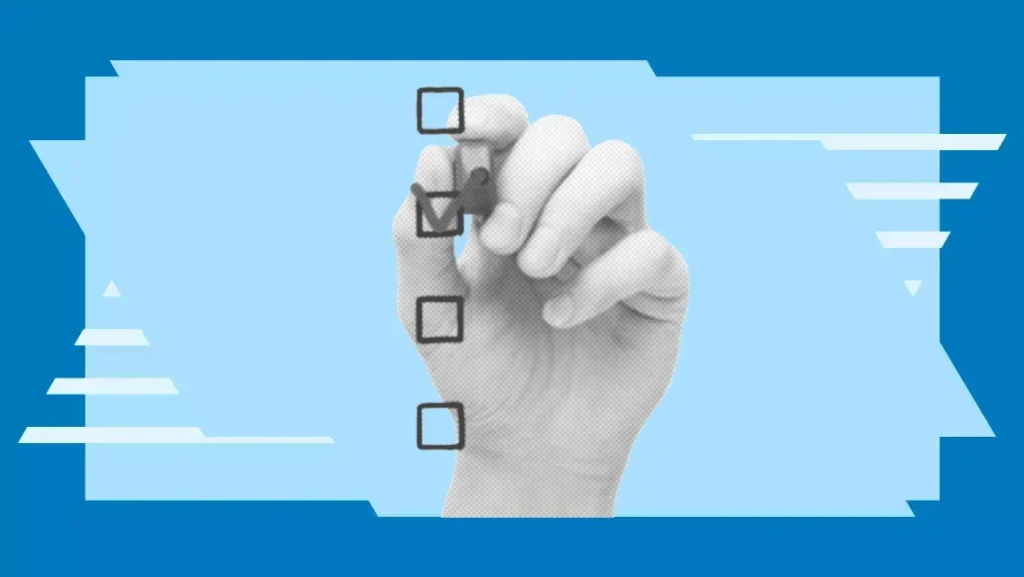Effective business running highly depends on the ability to coordinate and manage employees. HR management is a responsible duty that involves many tasks, starting from salary calculation to employee retention, recruitment, training, etc. Thus, the work responsibilities of HR specialists embrace a huge list of tasks.
Modern technologies and IT developments allow for simplifying the work of HR specialists, providing them with advanced tools for process automation. HRMS (Human Resource Management Software) is designed to improve performance and organizational efficiency. By implementing such software into a workflow, employees can focus on strategic objectives and free up time for more significant tasks. The introduction of HTMS systems leads to streamlining and automating key HR operations.
A wide diversity of HTMS solutions is offered on the market nowadays. Thus, it’s necessary to realize what features you need in your software to ensure effective performance. Thus, we’re going to consider HR software features in the article, paying attention to core, basic, and advanced ones.
Core Features of HR Software
These are basic features that must be found in any HR software. If there are no mentioned features, it’s better to avoid such software since it will be ineffective and won’t bring a lot of benefit to our workflow. So, core HR system features include:
Employee Information Management
First of all, software must serve as reliable storage for information about employees. HR specialists usually store and retrieve comprehensible employee records. Since large arrays of personal data are stored in such systems, it’s essential to ensure sufficient protection of personal information. Being a database for valuable information, HR software must use advanced measures to guarantee data security and prevent its theft.
Recruitment and Onboarding
It’s an important part of the workflow in any company. But it takes a lot of time to prepare job postings, manage applications, etc. The use of specialized programs allows for accelerating and facilitating this process. HR software is equipped with built-in tools that help monitor and manage applications. Furthermore, systems must have Human Resources software features that help new employees to onboard. For instance, guides for paperwork requirements, I-9 verification, or software login creation.
Payroll and Benefits Administration
This aspect implies that HR systems must provide built-in tools for calculating salary and other benefits. Such utilities help specialists calculate taxes, make deductions correctly, and prepare compliance reporting. Thus, the software takes accounting responsibilities on its shoulders. Accounting automation allows for eliminating the risk of making mistakes and freeing up specialists’ time for other duties.
Besides salaries, advanced software keeps track of benefits for employees. It monitors health benefits or PTO metrics to guarantee timely compensation to the staff. Moreover, employees can monitor their repayments themselves.
These HR management system features are especially relevant for enterprises with big personnel, where the number of employees exceeds hundreds.
Performance Management
Special tools are used for setting, tracking, and evaluating employee performance objectives. It implies the use of special programs for continuous feedback and annual review cycles. Thus, specialists can compile timesheets, monitor employees’ performance and engagement in the workflow, detect spheres for improvement, and assess ratings to help promote them.
These are crucial features for any HR system. Thus, when facing HR software development, IT engineers pay primary attention to them. Skilled software engineers never neglect the mentioned tools and use this HRMS features list for the development of new projects.
Advanced Features and Integrations
Besides the above-mentioned features, modern software is equipped with advanced tools that help make employee management even easier and more convenient. The following options are commonly added to the software to make it truly functional and convenient for application.
Artificial Intelligence and Automation
The integration of AI allows for automating the workflow and simplifying multiple processes, starting from recruitment to attendance and performance analytics. Entrusting routine workflow duties to AI helps save time and effort and concentrate on other tasks that require human involvement. For instance, specialists entrust candidate shortlisting, interview scheduling, or resume screening to AI. It also comes to be helpful when dealing with the analysis of employee satisfaction, sentiment monitoring, and individualized feedback.
Cloud-Based Platforms
Modern software uses cloud technologies to improve scalability and provide users with remote accessibility. Cloud deployment helps solve multiple tasks and ensure safe data storage. Moreover, specialists can get access to information, regardless of their location. The main thing is to guarantee high security measures. Cloud-based HR systems typically use advanced measures to protect databases from intruders and avoid illegal access to confidential information.
Mobile Accessibility
Modern people are active and move a lot. Thus, making HR software mobile-oriented gives a competitive advantage to it. The ability to keep all the needed tools in a smartphone and access information anytime simplifies handling and provides specialists with advanced possibilities. They can keep the required information in their pockets and have remote access to any kind of data, which allows for monitoring business performance effectively.
In addition to mentioned Human Resource management system features, software may be equipped with tools for workforce analytics and prognosis, talent acquisition, self-service solutions, etc. Most software solutions offer options for scalability and customization due to a convenient dashboard and user-oriented interfaces.
The transformation of the modern business landscape due to IT technology integration results in the simplification of the workflow. Employees get advanced tools for coping with their duties more easily and quickly. They can entrust routine tasks to AI and automate processes. HR software comes as an effective solution for improving workflow efficiency. However, when choosing a suitable option among a great assortment of products offered on the market, pay attention to the criteria mentioned in the article.

